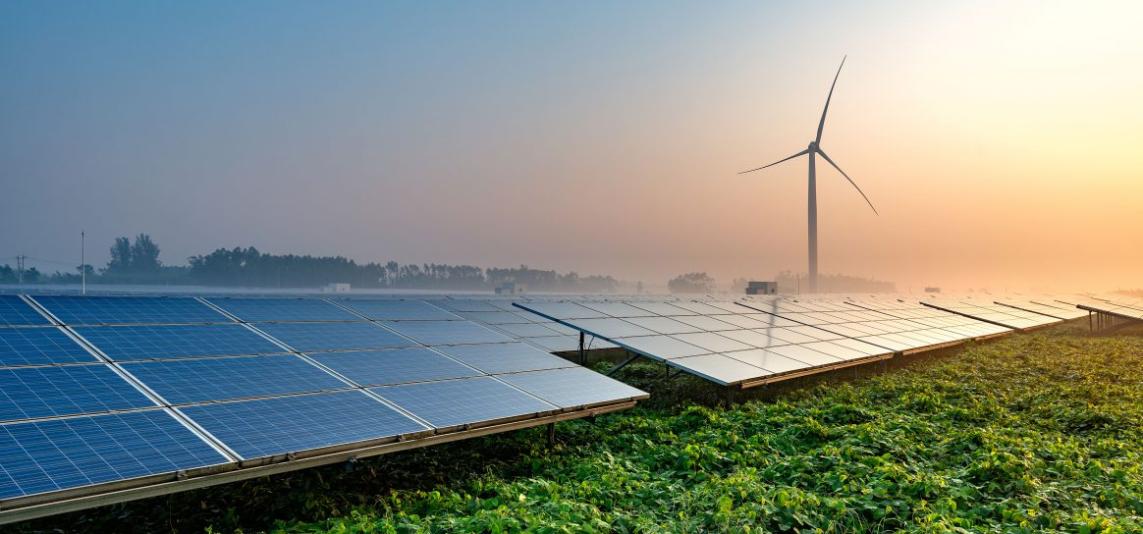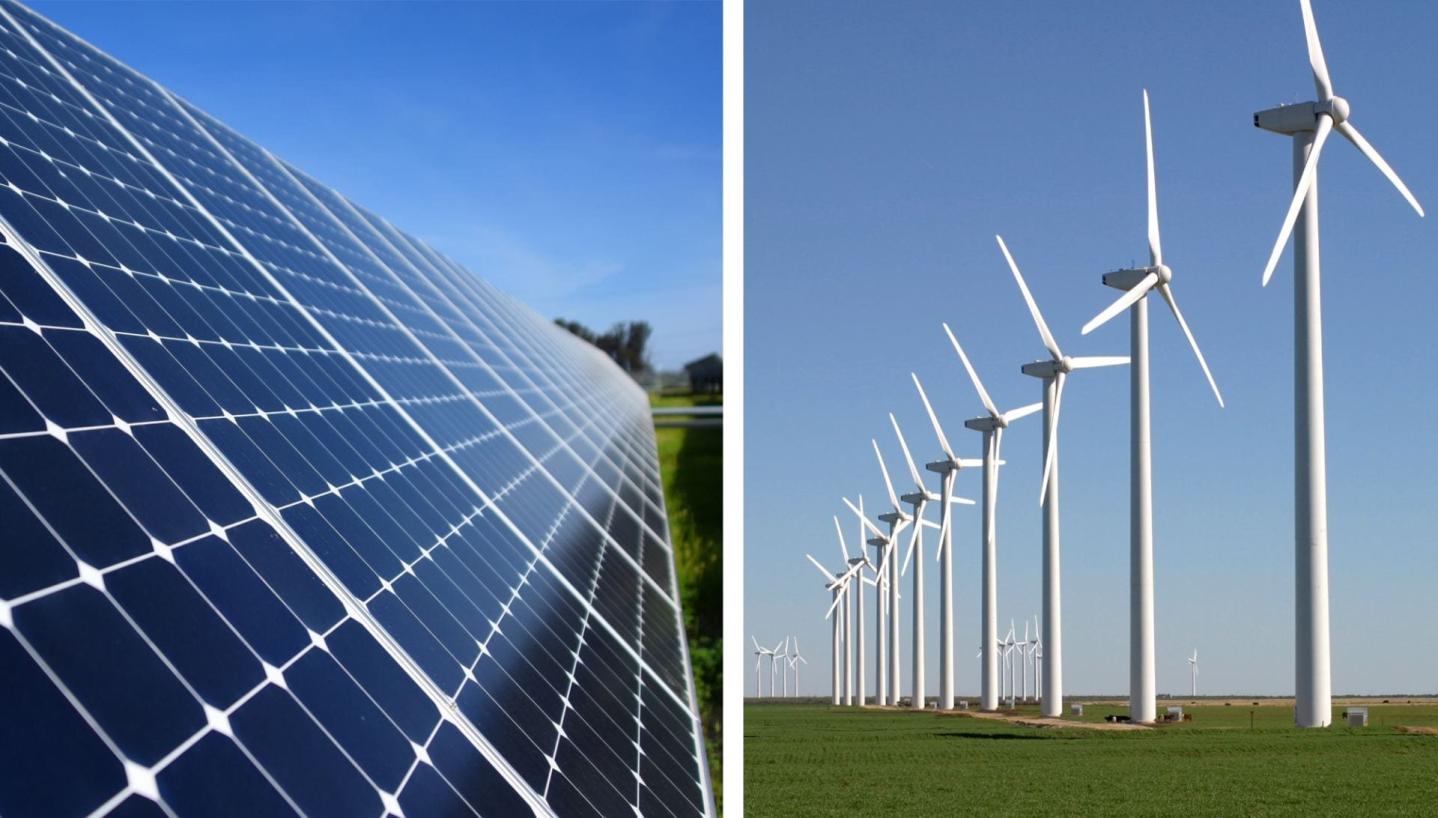How Can Renewable Energy Sources Help Mitigate Climate Change?
The world is facing an unprecedented climate crisis, with rising global temperatures leading to devastating consequences for the planet and its inhabitants. To address this crisis, a transition to renewable energy sources is essential. Renewable energy, derived from natural resources such as sunlight, wind, water, and geothermal heat, offers a clean, sustainable, and cost-effective alternative to fossil fuels, which are the primary contributors to greenhouse gas emissions and climate change.

I. Understanding Climate Change
1. The Greenhouse Effect And Global Warming
The greenhouse effect is a natural process that plays a crucial role in regulating Earth's temperature. Certain gases, known as greenhouse gases (GHGs), trap heat radiated from the Earth's surface, creating a warming effect. Human activities, particularly the burning of fossil fuels, have significantly increased the concentration of GHGs in the atmosphere, leading to an enhanced greenhouse effect and global warming.
2. Causes And Consequences Of Climate Change
The primary cause of climate change is the emission of greenhouse gases, primarily carbon dioxide (CO2), methane (CH4), and nitrous oxide (N2O), into the atmosphere. These gases trap heat, causing global temperatures to rise. The consequences of climate change are far-reaching and include rising sea levels, extreme weather events, changes in precipitation patterns, and disruptions to ecosystems, threatening biodiversity and human well-being.
3. Importance Of Taking Action To Mitigate Climate Change

Mitigating climate change requires urgent and collective action to reduce greenhouse gas emissions. Transitioning to renewable energy sources is a critical step in this process, as it offers a sustainable and scalable solution to decarbonize various sectors, including electricity generation, transportation, heating, and industrial processes.
II. Role Of Renewable Energy In Mitigating Climate Change
1. Reducing Greenhouse Gas Emissions
- Renewable energy sources, such as solar, wind, hydro, and geothermal, generate electricity and power various applications without emitting greenhouse gases.
- By replacing fossil fuels with renewable energy, we can significantly reduce carbon emissions and mitigate climate change.
- Case studies of countries like Costa Rica and Scotland, which have successfully transitioned to renewable energy, demonstrate the feasibility and effectiveness of this approach.
2. Promoting Energy Independence And Security
- Transitioning to renewable energy reduces reliance on imported fossil fuels, enhancing energy independence and security.
- Diversifying energy sources through renewable energy development strengthens energy security and resilience.
- The renewable energy sector creates job opportunities and stimulates economic growth, contributing to sustainable development.
3. Improving Air Quality And Public Health
- Renewable energy technologies do not produce air pollutants, unlike fossil fuel combustion, which releases harmful emissions that contribute to air pollution.
- Adopting renewable energy can significantly improve air quality, reducing respiratory and cardiovascular health risks.
- Cities like Copenhagen and San Francisco have experienced improved air quality due to their commitment to renewable energy.
III. Challenges And Opportunities In Renewable Energy Development
1. Intermittency And Storage
- Renewable energy sources like solar and wind are intermittent, meaning their availability depends on weather conditions.
- Advancements in energy storage technologies, such as batteries and pumped hydro storage, are addressing intermittency challenges.
- Smart grid technologies enable the integration of intermittent renewable energy sources into the electricity grid.
2. Cost And Affordability
- The cost of renewable energy technologies has declined significantly in recent years, making them more affordable.
- Government incentives and subsidies can further reduce the cost of renewable energy and promote its adoption.
- Economies of scale and technological advancements continue to drive down the cost of renewable energy.
3. Land Use And Environmental Impacts
- Renewable energy development requires land, which can potentially impact ecosystems and biodiversity.
- Sustainable siting of renewable energy projects and proper land management practices can minimize environmental impacts.
- Balancing the need for renewable energy development with land use and biodiversity conservation is crucial.
Renewable energy sources offer a viable and sustainable solution to mitigate climate change, reduce greenhouse gas emissions, and promote energy independence and security. By harnessing the power of natural resources, we can transition to a clean energy future, improve air quality, and safeguard the health of our planet and its inhabitants. Embracing renewable energy is a collective responsibility, requiring action from individuals, governments, and industries to create a more sustainable and resilient world for generations to come.

YesNo

Leave a Reply